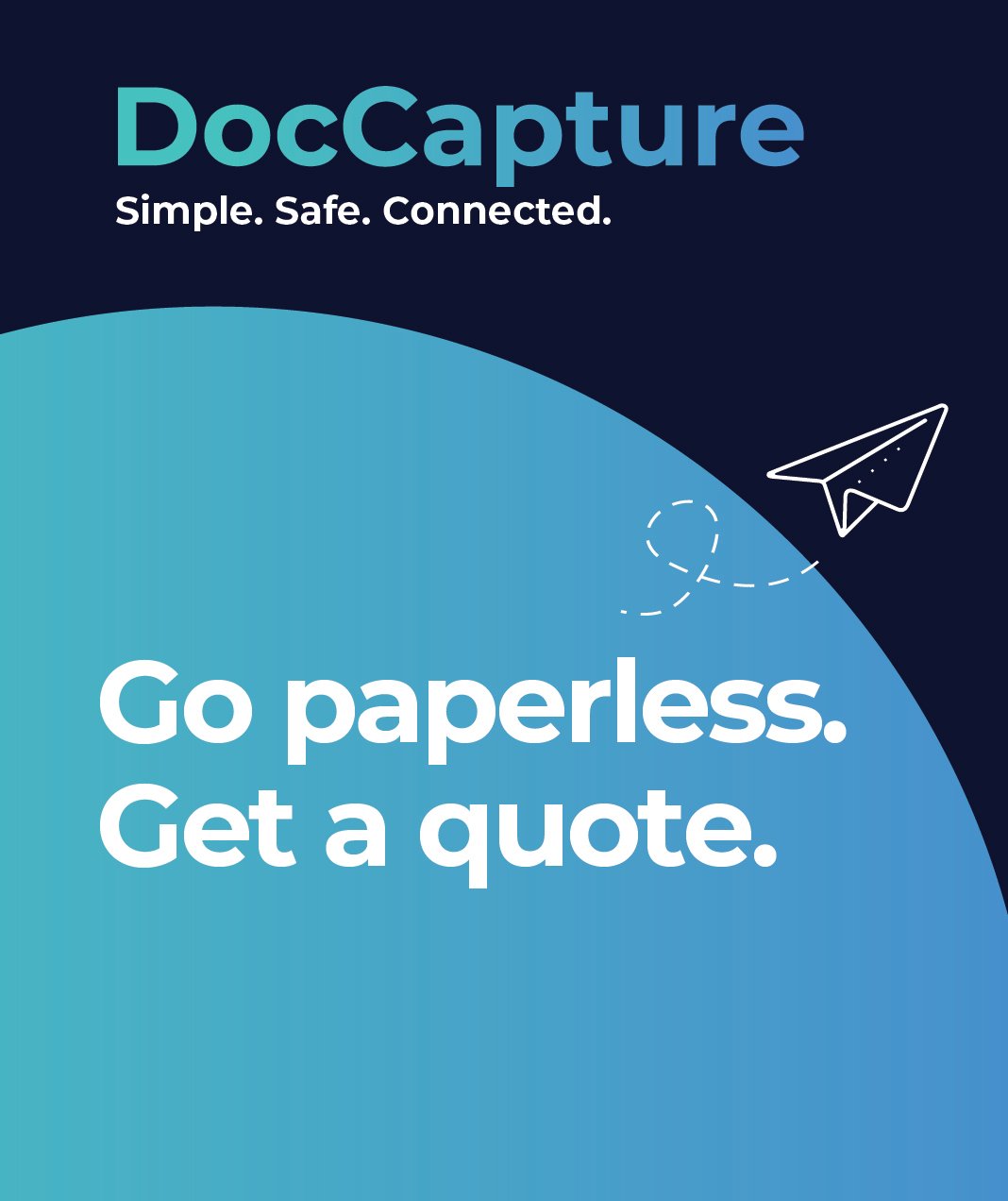Digital Transformation in School Boards: A Strategic Approach
Table of contents
Schools generate an overwhelming amount of paperwork—student records, staff files, financial documents, and compliance reports. Managing all this on paper isn’t just tedious; it’s risky. Documents get lost, storage takes up valuable space, and ensuring compliance with regulations like FERPA becomes a logistical nightmare.
Digital Transformation for School Boards is changing how schools handle information. By scanning and digitizing documents, schools can improve efficiency, cut costs, and enhance security. But making the switch isn’t just about technology—it’s about creating a system that works seamlessly with existing processes.
The Challenges of Traditional Document Management
School boards handle thousands of documents daily, from student transcripts to staff contracts. Sticking to paper-based systems creates major roadblocks in efficiency, security, and compliance. Here’s why traditional document management is no longer sustainable:
Paper Overload
School districts accumulate decades' worth of records. Searching through filing cabinets for a single student record or financial document can take hours, slowing down administrative tasks. Storing all these documents also requires physical space, which could be better used for classrooms or other resources.
Compliance Headaches
Schools must comply with laws like FERPA, which protects student privacy. With paper files, tracking who accessed a document—or ensuring unauthorized individuals don’t see sensitive information—is difficult. A missing or misplaced file can put the district at risk of non-compliance.
Security Risks
Paper records are vulnerable to loss, theft, and damage from fire or flooding. Unlike digital files, which can be encrypted and backed up, paper documents have no built-in security measures. If a confidential student file is left on a desk or misplaced, there’s no way to track who accessed it.
Read about the Impact of Document Scanning on School Boards and how it enhances security.
Budget Constraints
Managing paper records costs more than many school administrators realize. Expenses include physical storage, printing, staff time spent filing and retrieving documents, and even maintenance for copy machines. Going digital can significantly cut these hidden costs.
Inefficient Workflows
Every time a document needs to be retrieved, copied, and sent to different departments, staff waste valuable time on manual processes. This delays decision-making and slows down everyday operations, from student enrollments to financial approvals.
Learn more about How School Boards Can Benefit from Document Imaging.
How Digital Transformation Solves These Problems
Switching from paper to digital records isn’t just about convenience—it’s about improving security, efficiency, and compliance while reducing costs. Here’s how digital transformation helps school boards tackle the challenges of traditional document management.
Faster, Easier Access to Information
Digital records can be searched and retrieved instantly, saving staff hours of work. Instead of digging through file cabinets, administrators can find student records, HR documents, or financial reports with a simple keyword search.
Built-in Compliance
A digital document management system automatically tracks access and modifications, making it easier to meet compliance requirements. Schools can set role-based permissions, ensuring that only authorized personnel can view sensitive records. This reduces the risk of non-compliance with FERPA and other regulations.
Cost Savings
Printing, storing, and managing paper files requires staff time, office space, and supplies—all of which add up. Digital records eliminate these costs by reducing paper usage, freeing up physical storage, and minimizing administrative labor.
Learn more about how document scanning helps schools save money.
Stronger Security Measures
Digital records offer better protection against loss, theft, and natural disasters. Encryption, automated backups, and secure cloud storage prevent unauthorized access while ensuring that records remain intact even in emergencies.
Improved Workflow & Productivity
Automation tools make processes like student enrollment, transcript requests, and HR approvals more efficient. Staff members spend less time handling paperwork and more time focusing on students and school operations.
How School Boards Can Implement Digital Transformation
Making the shift to digital doesn’t happen overnight. A strategic approach ensures a smooth transition while minimizing disruption. Here’s how school boards can implement digital transformation effectively.
Assess Current Document Management Practices
Before diving into digitization, schools need to evaluate their existing processes. Which documents are accessed most frequently? Where are the biggest inefficiencies? Identifying these pain points helps prioritize what should be digitized first.
Choose the Right Document Scanning Partner
Not all scanning services are the same. A good partner should have experience working with schools, offer high-security standards, and provide seamless integration with existing systems. Schools should look for vendors that understand FERPA compliance and provide scalable solutions.
Find out what to look for in a student records scanning partner.
Integrate with Existing School IT Systems
A document management system should work with student information systems (SIS), HR platforms, and other existing tools. Integration prevents data silos and ensures that digital records are easy to access within the school’s workflows.
Train Staff & Manage Change Effectively
Resistance to change is natural. Teachers, administrators, and support staff need proper training to feel comfortable using a new digital system. Clear communication about the benefits—such as time savings and easier access—helps encourage adoption.
Start Small & Scale Up
A phased approach works best. Many school boards begin by digitizing student records or HR files before expanding to other departments. This allows them to refine their approach and address any challenges early in the process.
Learn how scanning student records streamlines school operations.
Conclusion
Digital transformation is no longer optional for school boards—it’s a necessity. Paper-based systems slow down operations, increase costs, and pose security risks. By digitizing records, schools can improve efficiency, enhance compliance, and free up valuable resources.
With the right strategy and a trusted scanning partner, transitioning to a digital document management system can be seamless. Schools that make this shift now will be better prepared for the future, ensuring that student and administrative records are secure, accessible, and easy to manage.
DocCapture specializes in helping school boards digitize their records efficiently and securely. If your district is ready to move away from paper and embrace digital transformation, learn more about our document scanning solutions.
Fill out our "Get a Quote" form to get started today.
Share this
You May Also Like
These Related Stories

Reducing Manual Workload with Automated Scanning Solutions

Leveraging Document Scanning for Better Compliance in Education

